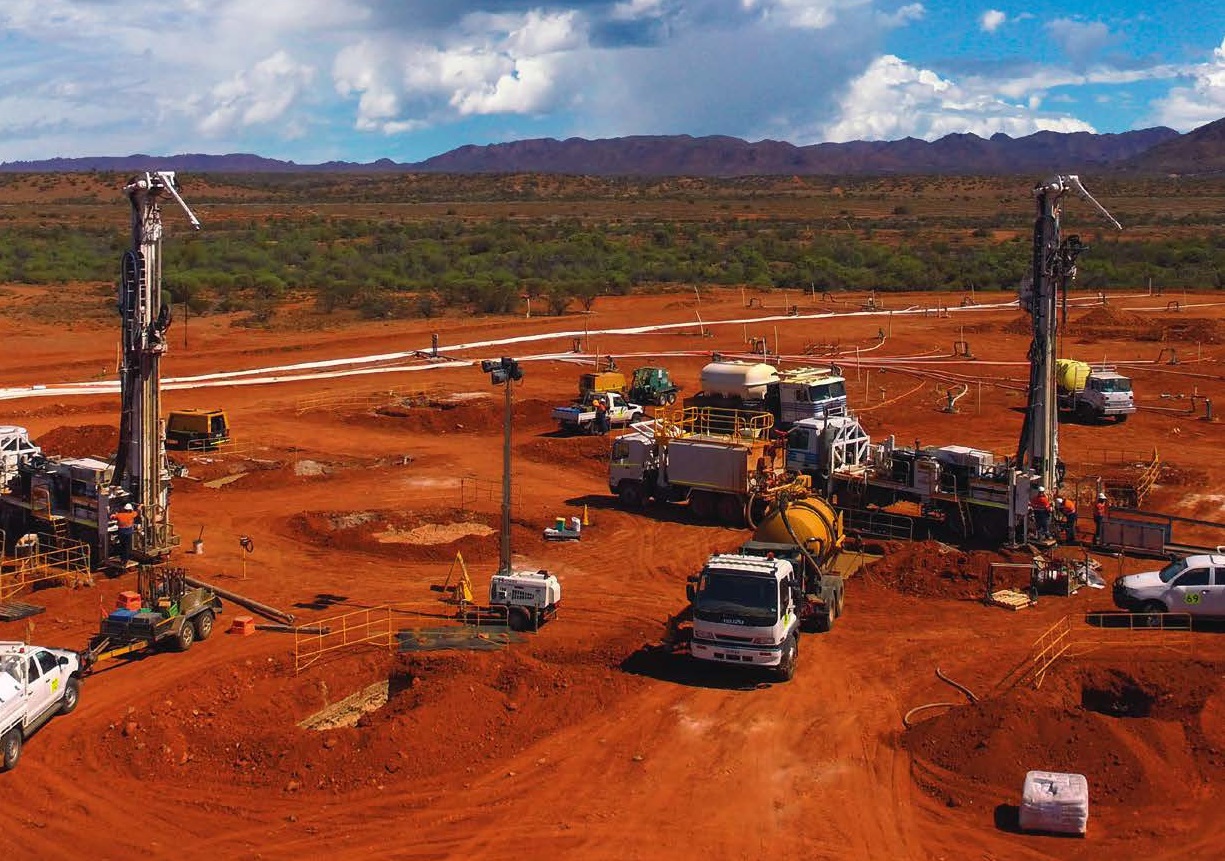

Day 1. Seismic and Rock Physics for Reservoir/Deposit-Quality Prediction:
Seismic is a non-destructive exploration method driven by the gas/oil industry. The larger and deeper the object/reservoir, the better the seismic method works. The lecture explains the basic principles (and common pitfalls) using real-world examples. Furthermore, link to rock physics (geology) in combination with other exploration methods (CSAMT, ERT, etc.) will be discussed to develop an "integrative geological survey“.
Day 2. Borehole Geophysics explained by case studies for U and general ore exploration:
Conventional geological interpretation relies on both down-hole logging data from logging tools (usually, a selected suite of tools) and the inspection of drill cuttings. Core drilling/assaying is much more expensive, but provides detailed information with regard to geochemistry, mineralogy, morphology and other characteristics. A new borehole logging tool called OreLog combines the prompt-fission neutron (PFN) measuring principle with geophysical, lithological and mineralogical data logging as well as inclination. 10 neutron detectors operating in multi-scaling (time-resolving) mode and a high-performance γ-ray spectrometer (CeBr3 scintillator) are used to deduce the following parameters of the formation: accurate PFN U grade (pU3O8) corrected for several influencing factors, γ-spectrum based U grade (eU3O8), macroscopic neutron cross section (comparable to conventional neutron log), hydrogen index / porosity (comparable to conventional resistivity), deduced hydraulic permeability, density, neutron scattering potential, clay indicator, lithological category (deduced from the above geophysical parameters by cluster analysis), elemental concentrations (Si, O, Fe, S, Ca, (C), Al, K, and others), mineral abundances (SiO2, kaolinite/clay, pyrite, other Fe minerals, calcite, lignite, and others), and borehole radius.
